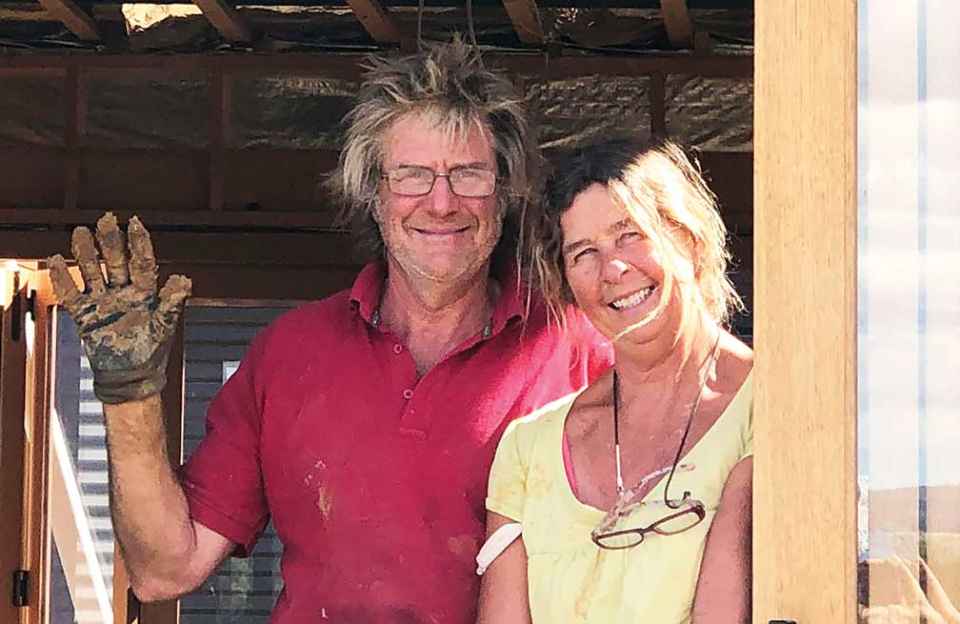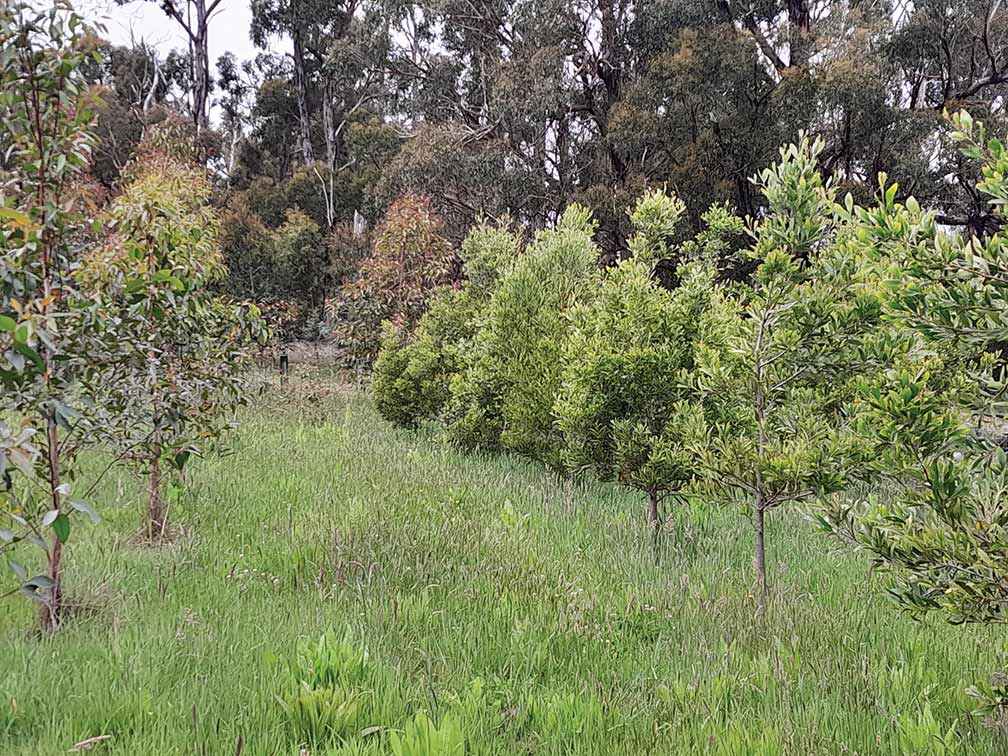Victorian Landcare Magazine - , Issue 89

For Andy Marshall, a second generation cropping and sheep farmer who grew up working outdoors, valuing self-reliance, and loving nature, the philosophy and practice of biodynamics was a comfortable fit.
His first tree planting experience was on the heavy basalt soils of Victoria’s western Volcanic Plains in the 1980s, where he soon recognised that though Sugar Gum, (Eucalyptus cladocalyx) plantations provided good firewood, they offered little habitat and wind shelter.
“Recreating the Country motivated me to learn more about the importance of structure in vegetation and the grouping of species to create rich, sustainable ecosystems, which are important in my pursuit of regenerating biodiversity and integrated farming,” Andy said.
His later plantations were much wider, had fewer tall trees and many more shrubs. They also included fenced-off wetlands where possible. Bird numbers increased dramatically to more than 65 species. Only 12 bird species were common on adjoining farms.

Above: Young blackwood and spotted gum in a mixed agroforestry plantation linking to a remnant roadside reserve at Gerangamete.
Andy and his partner, Linda Scott, now practice biodynamics and integrated farming at Gerangamete in Victoria’s Otway Ranges. Their farm has wide adjoining roadside reserves and a neighbouring bush block that is linked with their own mixed biodiversity plantations and agroforestry. After just seven years, the bird count is well over 50 species, many of these birds live in the adjacent reserves and use the new plantations to move safely around their property eating insects.
Andy and Linda have applied their philosophy to growing vegetable crops like garlic and biodynamic vegetable seed. A large orchard and chestnut grove are also flourishing.

Above: Fallen logs left in a biodiversity revegetation area to provide important habitat at ground level at Gerangamete.
Significant corridors of indigenous plants and forestry species like blackwood, (Acacia melanoxylon), silky oak, (Grevillea robusta), and spotted gum (Corymbia maculata), have been added to provide shelter, maximise biodiversity and to produce high-quality timber. These various components have made their biodynamic farm an exciting and vibrant farm enterprise that continues to evolve.
“I believe that a farm is a symbiosis of
the land and the farmer, so that each benefit and matures from the
relationship. I am always learning and pursuing my lifelong interest in farming systems that complement and support nature,” Andy said.
Sustainable biorich design can effectively restore biodiversity to rural and urban areas while providing a significant income and offering the potential to connect with nature.